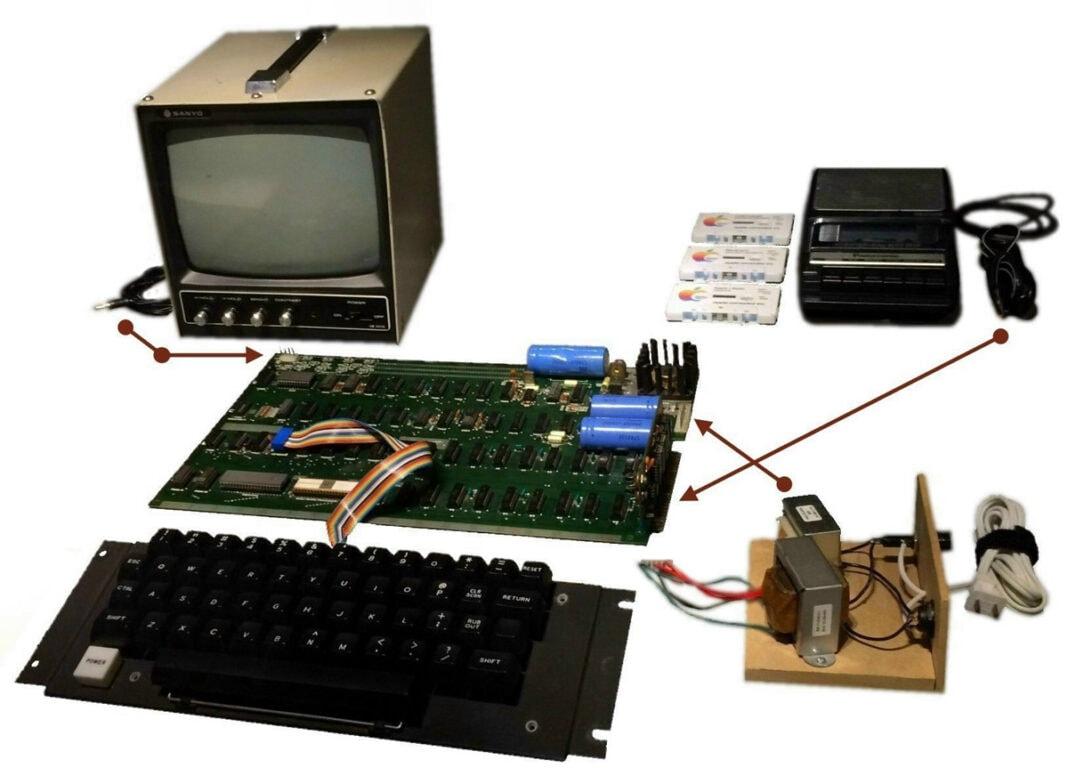The Online Etymology Dictionary traces the first known instance of the word “computer” to a book written in 1613, which essentially used it to describe an arithmetician. Until the modern era, “computer” meant a “human computer,” or “one who calculates.” During the early part of the 20th century, it was a job title for many women who worked as computers in various fields.
The term did not fully acquire its modern meaning until around 1945. Although, arguably, it could have described the Turing Machine as early as 1937. What, then, can we say was the first computer? The history of computation is rich, ancient, and tedious to pull apart. However, this article will attempt to give a simple overview of the first computers as we know them.

What Was the First Computer?
The answer to this question can somewhat depend on who you ask and how you define a computer. One definition is as follows: “a machine that can be programmed to carry out logical or arithmetic operations automatically.”
To understand the first computer fully, let us start more recently and work our way backward, beginning with the first definitively modern computer.
The First Modern Computer: The Universal Turing Machine

Universal Turing Machine: Algorithmic Halting
Alan Turing proposed the concept of the first modern computer in a 1936 paper he wrote called On Computable Numbers.
He called his invention the “Universal Computing Machine,” although we now know it as the “Universal Turing Machine.”
What made his machine modern was the addition of the fundamental concept of a stored memory program. Most academics and historians acknowledge this as the central basis of modern computing.
The term “Turing complete” is now used to describe computers that meet a certain algorithm execution capability standard equal to that of a Universal Turing Machine.
The First Programmable Computer: The Difference Engine

Arguably, the first programmable computer ever to be conceptualized was the Difference Engine, designed by Charles Babbage in the early part of the 19th century. Babbage was about a century ahead of his time before similar machines would be built and used. He used punched cards to input information into the machine, drawing from the mechanical innovation of the Jacquard loom, which was a brilliant previous invention that automated the production of intricate patterns in weaving.

Babbage never got to complete the construction of his machine due to lapsed funding and support, but the concept was Turing complete.
The video shows the Difference Engine in action:
Summary
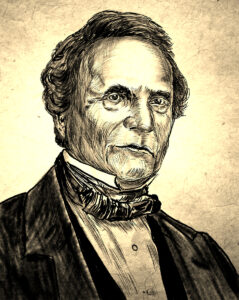
Who Invented the First Computer?
Charles Babbage designed and nearly built the first programmable and automated computer, which he called the Difference Engine. Babbage was an English mathematician, mechanical engineer, and polymath.
When Was the First Computer Invented?
If we define a computer as a programmable machine that automates calculations, we can definitively say Charles Babbage’s Difference Engine was the first. He originated the plans for it in 1822.
What Was the First Home Computer?
Several personal computers came on the market around the same time between 1974 and 1977. Scelbi & Mark’s Altair 8080 was one of them, called a “minicomputer kit” at the time and pitched as an alternative to commercial computers. The eventual founders of Microsoft, Paul Allen and Bill Gates, wrote the software for the Altair in the BASIC language, which was still new.
Another pioneering product was Radioshack’s TRS-80, a limited number of which became available in 1977. Nicknamed “Trash-80,” it was nevertheless quite popular as it made it easier for ordinary people to operate computer programs without a lot of expertise.
The first Apple computer made its debut during this time as well.
IBM’s first personal computer came out in 1981, called “Acorn.” It came with an MS-DOS operating system from Microsoft, two floppy disks, and an Intel chip. Buyers had the option of getting one with a color monitor. Acorn was the first to become available through third-party distributors like Sears and Computerland. The Acorn helped popularize the term “PC.”
What Was the First Apple Computer?
Apple Computers was founded in 1976 by Steve Jobs and Steve Wozniak. That same year, they introduced the Apple I, their first computer. The Apple I was the first to have a single circuit board.
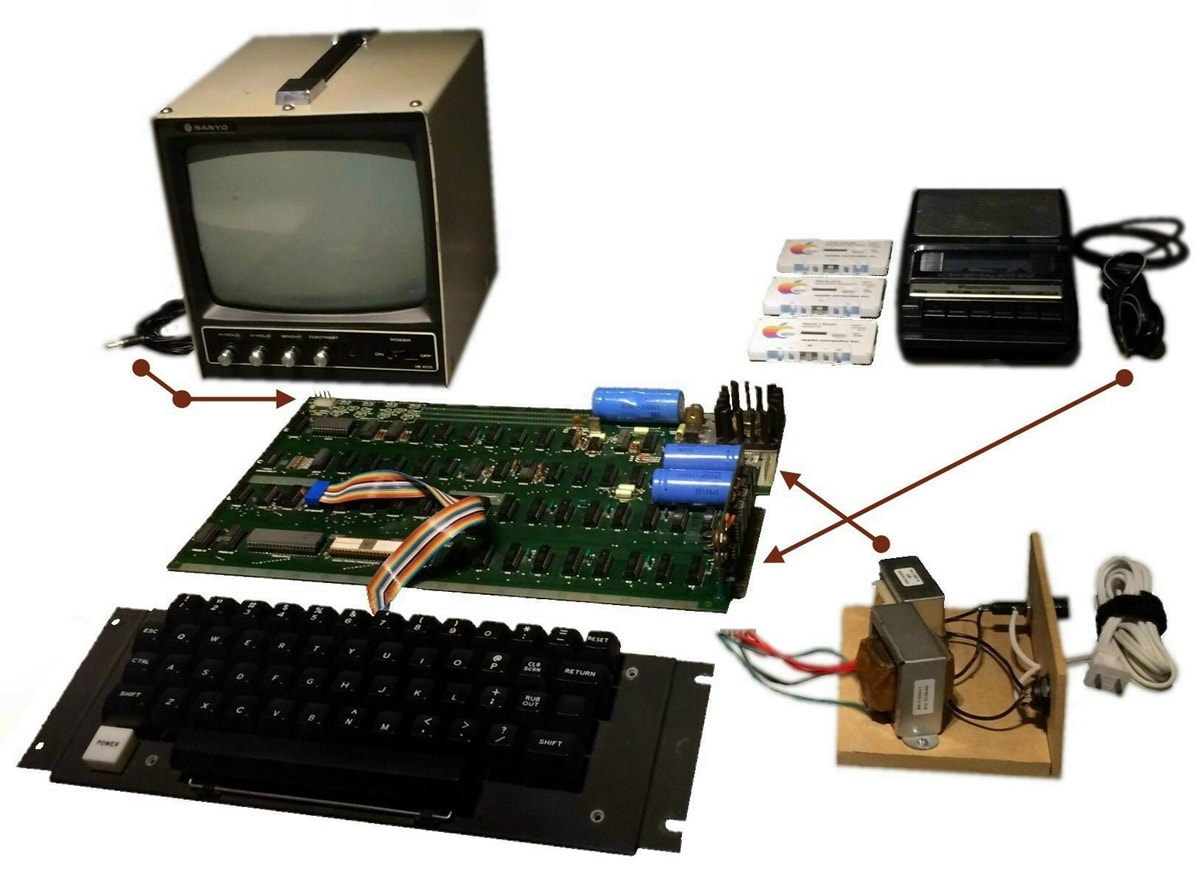
Apple II computer with foam molded plastic case. It was sold 1 year after the Apple I was invented and was the first consumer product sold by Apple Computer, Inc.

What Was the First Mac Computer?
Apple released its first computer with a graphic user interface (GUI) in 1983, called the Apple’s Lisa. The sales were poor, but it served as the first generation computer that became the first Macintosh.
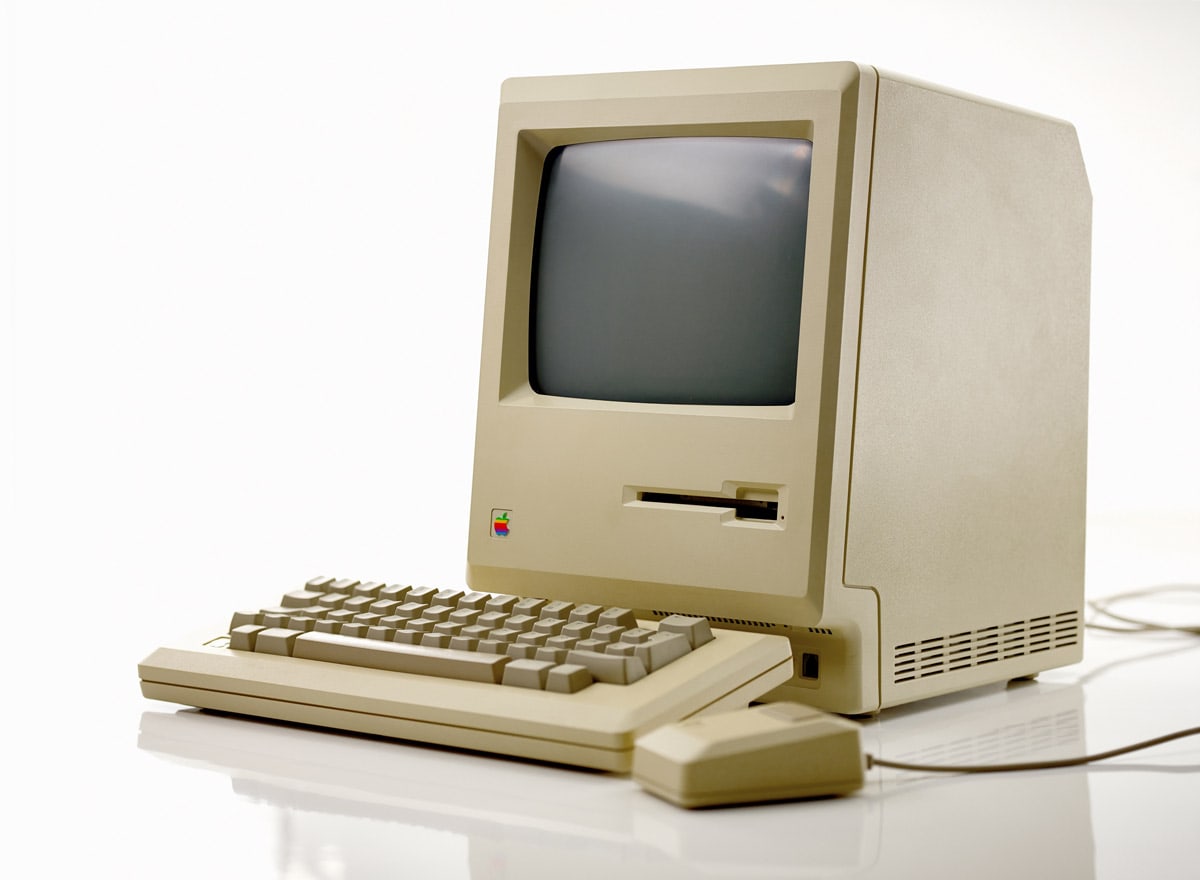
What Was the First Laptop?
The first computer to be promoted as a laptop was Apple’s Gavilan SC. It was the portable version of a personal computer with a flip form, a trademark characteristic of the devices we now know as laptops.
What Was the Price of the First Computers Available for Purchase?
The price of the first Apple computer put on the retail market was $666.66. It cost $250 to produce. The Scelbi 8-H sold for $444. IBM computers cost close to $10,000. The HP 3000 cost $95,000.
The inflation-adjusted versions of those prices (what they would cost today) are as follows:
- Apple I: $2,949
- Scelbi 8H: $2,245
- IBM: $38,105
- HP 3000: $571,791
What Was the First Commercial Computer?
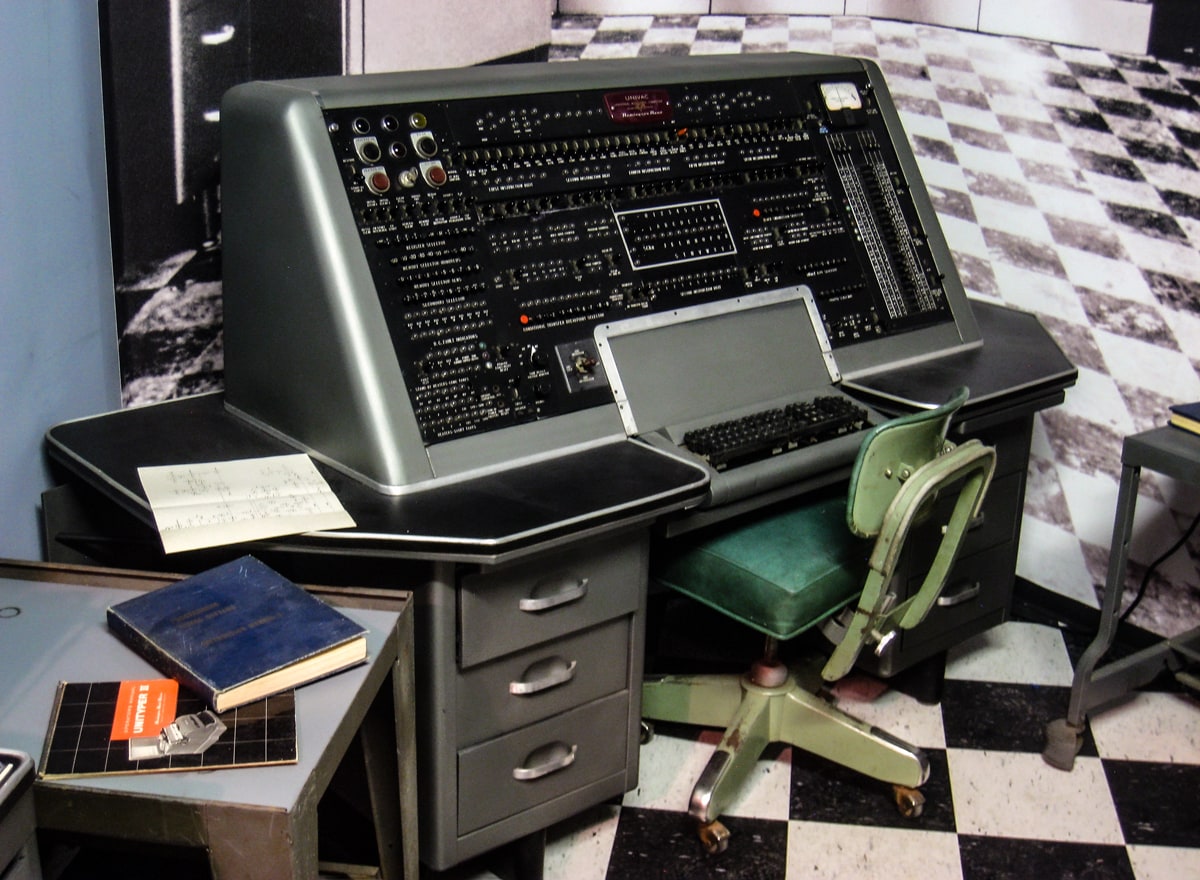
The first commercially produced digital electronic computer was UNIVAC, which stands for Universal Automatic Computer. Its predecessor was ENIAC, the first digital electronic computer developed for general purposes. UNIVAC I was used by the US Census Bureau to crunch population data more quickly. The computer could execute around 1,000 calculations per second. It weighed about 16,000 lbs and ran on 5,000 vacuum tubes.
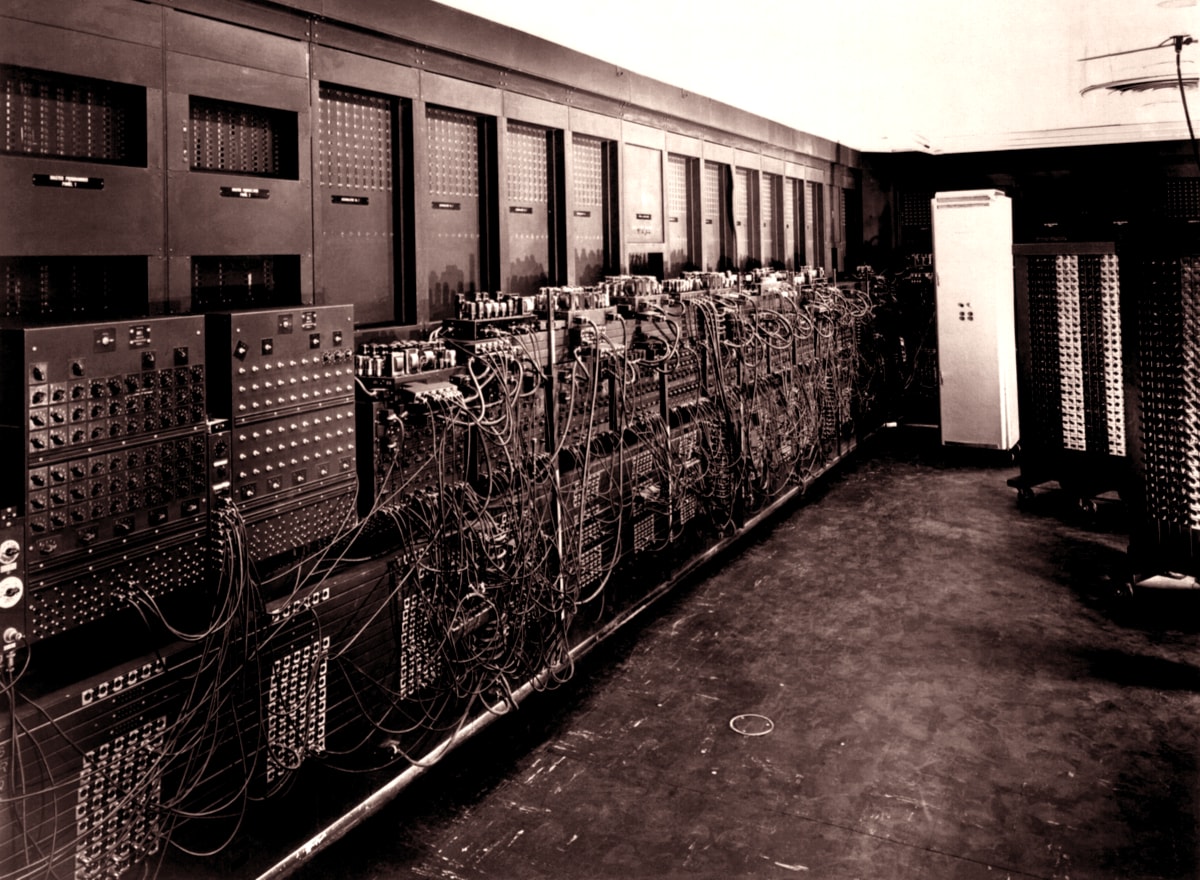
Who Was the First Computer Programmer?
Historians widely regard Ada Lovelace to be the first-ever computer programmer. She met Charles Babbage in 1833 after he had designed his Difference Engine. He was then working on a second machine, the Analytical Engine. Lovelace translated an Italian article about the Analytical Engine, then added much more information to it and described its abilities far more clearly. She wrote out an example of one of the sequences it could perform: calculating Bernoulli numbers. That was the first written computer program.
When Was the First Computer Mouse Invented?
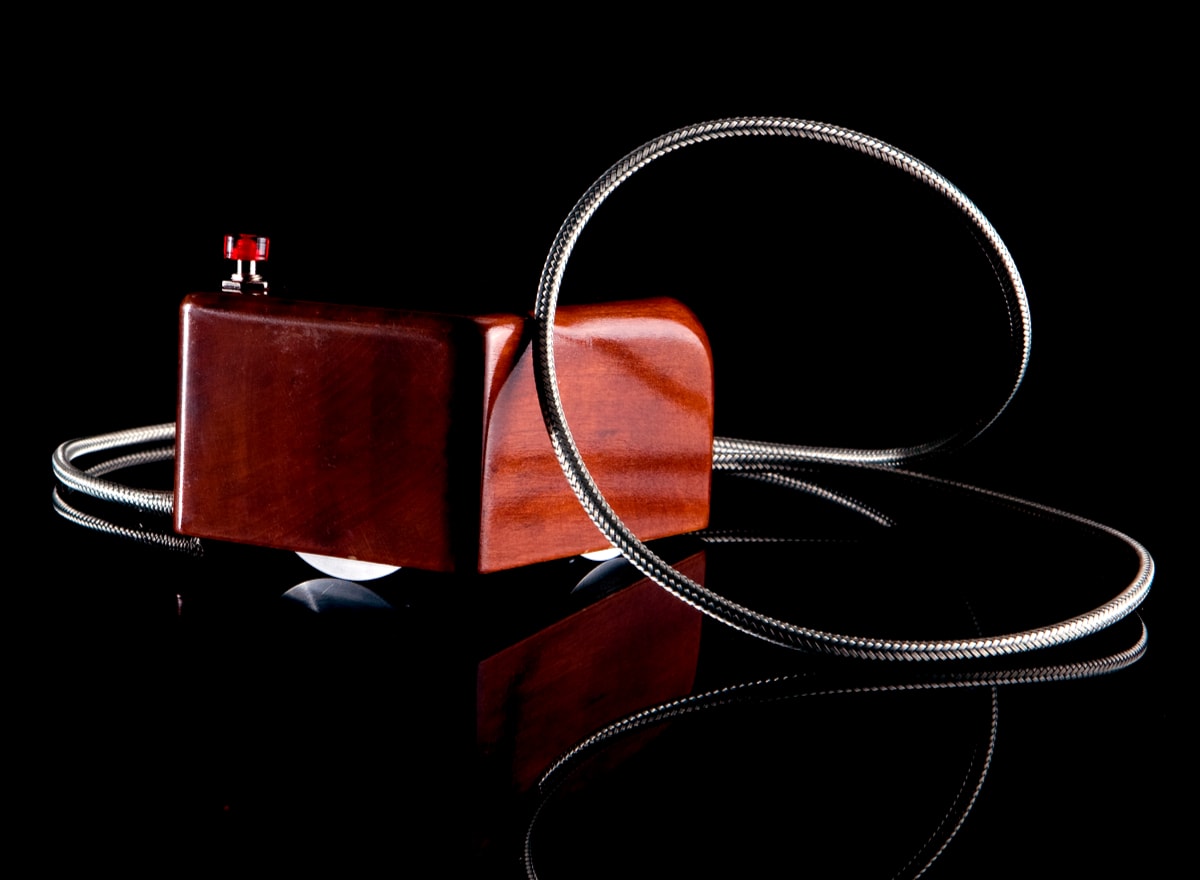
Douglas Englebart, who worked for SRI, began working on the mouse in the early 1960s. The chief engineer of SRI, Bill English, made the prototype in 1964. A simple block with one wheel or two translated motion into cursor movement. Multiple buttons appeared later on.
What Was the First Computer Virus?

The first computer virus was known as “The Creeper” or “The Creeper worm.” It was an experimental self-replicating program created by Bob Thomas, a programmer working for BBN Technologies. Thomas released the Creeper onto several computers in 1971. From there, it made its way to the ARPANET and infected even more. It worked by making continuous copies of itself until the computer’s memory filled up and could no longer function. A message would display on the screens of infected computers, reading “I’m The Creeper. Catch Me If You Can!” BBN Technologies wrote another program afterward, the Reaper, to delete the Creeper.
What Is the Oldest Computer Still Working?
The Harwell Dekatron was built in 1951 and is the oldest computer still functioning from the digital era. It is also called the Wolverhampton Instrument for Teaching computation (nicknamed the WITCH computer). The WITCH computer has 280 flashing dekatron valves and 480 relays. Governments and businesses destroyed similar computers once they became obsolete. However, a scientist saved this one and gave it to Wolverhampton and Technical College, where it remained a teaching aid until 1973. Now, the National Museum of Computer houses it in Buckinghamshire, UK. After three years of restoration, it now boots up and can steadily run calculations if put to the task just like in its heyday.
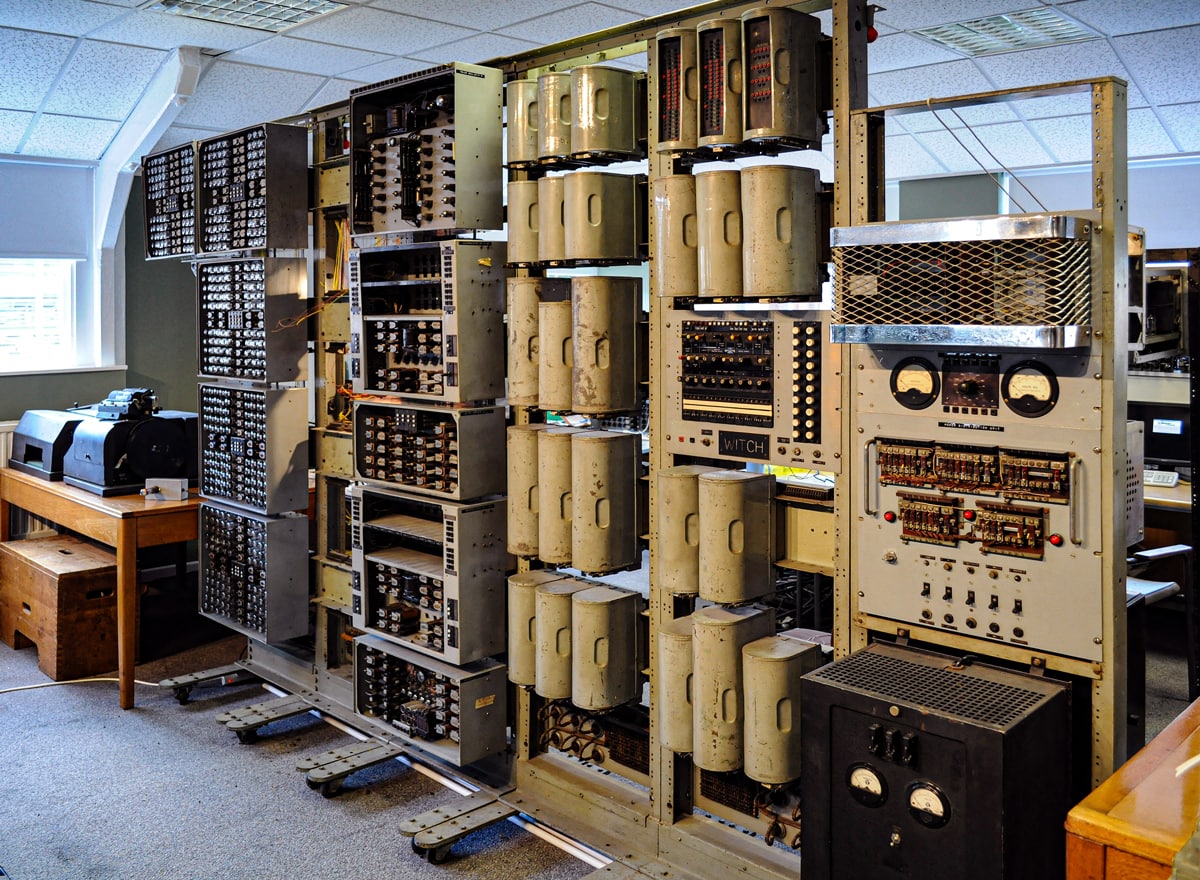
Conclusion
Before digital computers arose, humanity invented countless devices to aid with calculation over the millennia. For example, people have used abacuses for thousands of years. Plenty of analog “computers,” meaning mechanical devices that simplified numerical operations, existed along the way. The Antikythera is an Ancient Grecian device discovered at the turn of the century and considered the oldest known mechanical analog computer. Other examples mainly include astronomical and navigational devices. The slide rule is a simple-looking instrument still used on light aircraft flights for solving problems quickly using multiplication, division, and more. Non-computer machinery like the automated-loom punch cards went on to heavily influence the eventual rise of advanced computers.
For simplicity, we have focused primarily on digital, modern computers in this treatment of the topic. An exhaustive detail of each object and tweaked design on the journey to the first computer could fill an encyclopedia. Hopefully, now that you have learned something about this fascinating topic, you will want to discover more independently!
